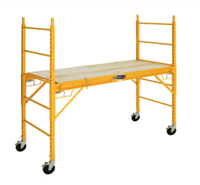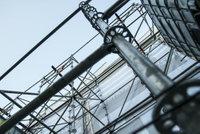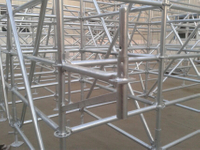Content Menu
● Understanding Scaffolding Systems
● Top Scaffolding Systems
>> 1. Ringlock Scaffolding
>> 2. Cuplock Scaffolding
>> 3. Kwikstage Scaffolding
>> 4. Haki Scaffolding
>> 5. OCTO® System Scaffolding
● Choosing the Right Scaffolding System
● Factors Influencing the Choice of Scaffolding Systems
>> 1. Site Conditions
>> 2. Duration of Use
>> 3. Worker Training
● Innovations in Scaffolding Technology
>> 1. Smart Scaffolding
>> 2. Prefabricated Components
>> 3. Eco-Friendly Materials
● Conclusion
● Frequently Asked Questions (FAQs)
>> 1. What factors should I consider when choosing a scaffolding system?
>> 2. How do I ensure the safety of my scaffolding setup?
>> 3. Can scaffolding be used on uneven ground?
>> 4. How often should scaffolds be inspected?
>> 5. What are the common types of scaffolding?
Scaffolding is an essential component in the construction industry, providing a temporary structure that supports workers and materials at various heights. The choice of scaffolding system can significantly impact safety, efficiency, and cost-effectiveness on construction sites. This article explores the best scaffolding systems available today, focusing on their features, advantages, and applications.
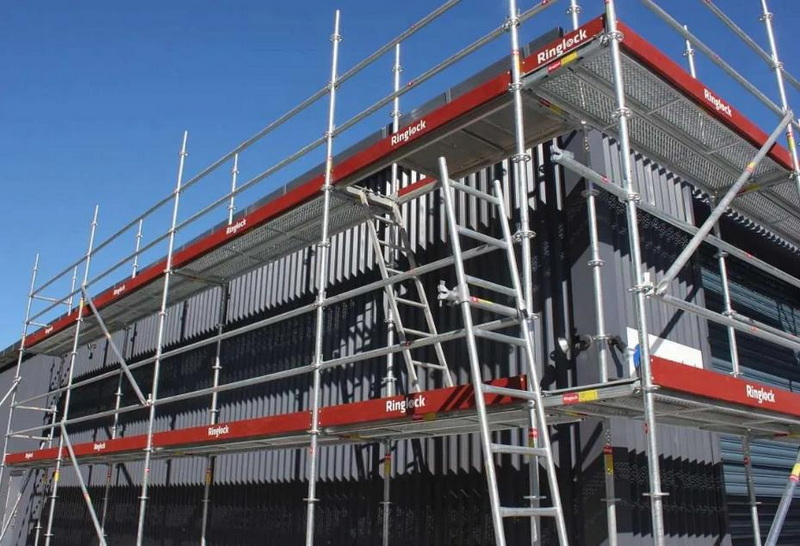
Understanding Scaffolding Systems
Scaffolding systems can be categorized into several types based on their design and functionality. The most common types include:
- Supported Scaffolding: Fixed structures supported by base plates and vertical poles.
- Rolling Scaffolding: Mobile scaffolds mounted on wheels for easy repositioning.
- System Scaffolding: Modular scaffolding made of pre-engineered components that fit together in a specific manner.
Each type has its unique benefits and is suited for different construction scenarios.
Top Scaffolding Systems
1. Ringlock Scaffolding
Ringlock scaffolding is widely regarded as one of the best scaffolding systems due to its versatility and ease of use. It consists of vertical standards with rosettes that allow horizontal ledgers to lock securely in place.
Advantages:
- Quick assembly and disassembly.
- High adaptability to various site conditions.
- Excellent stability due to its interlocking design.
Applications: Suitable for both small and large projects, including industrial maintenance and construction of complex structures.
2. Cuplock Scaffolding
Cuplock scaffolding features a unique locking mechanism that allows for quick assembly without the need for nuts or bolts. This system is made from galvanized steel, providing durability and resistance to corrosion.
Advantages:
- Simple and fast to erect.
- High load-bearing capacity.
- Minimal components reduce the risk of loss or damage.
Applications: Ideal for heavy-duty construction projects where stability is crucial.
3. Kwikstage Scaffolding
Kwikstage scaffolding is known for its robust design and ease of use. It employs a modular system that allows for quick adjustments in height and configuration.
Advantages:
- Lightweight yet strong materials.
- Versatile configurations for various project needs.
- Easy to transport and store.
Applications: Commonly used in commercial construction projects and renovations.
4. Haki Scaffolding
Haki scaffolding is a modern system that offers flexibility and safety features. It includes adjustable feet and various heights to ensure proper alignment with building levels.
Advantages:
- Lightweight design with fewer components.
- Enhanced safety features, including handrails.
Applications: Suitable for both industrial and commercial projects requiring high safety standards.
5. OCTO® System Scaffolding
The OCTO® system is known for its innovative design that reduces the number of components needed while enhancing safety features. It includes a unique locking mechanism that tightens with use, ensuring stability.
Advantages:
- Fewer components lead to quicker assembly times.
- Superior strength and stability for complex structures.
Applications: Ideal for large-scale industrial projects where time efficiency is critical.
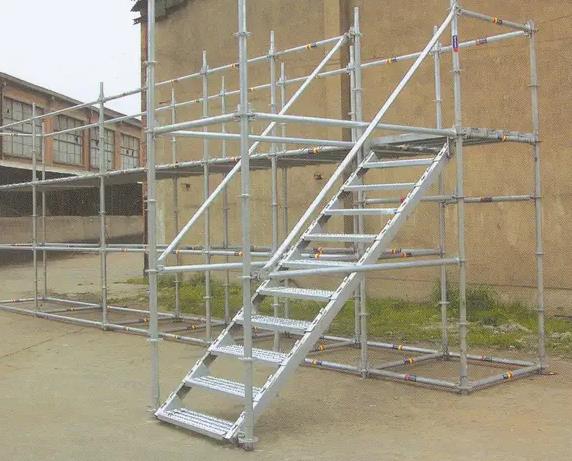
Choosing the Right Scaffolding System
When selecting a scaffolding system, several factors should be considered:
- Project Requirements: Assess the height, load capacity, and site conditions to determine which system will best meet your needs.
- Safety Standards: Ensure the chosen system complies with local safety regulations to protect workers during construction activities.
- Cost Efficiency: Evaluate the overall costs associated with purchasing or renting scaffolding systems, including maintenance and labor costs.
Factors Influencing the Choice of Scaffolding Systems
In addition to the basic considerations mentioned above, several other factors can influence your choice of scaffolding systems:
1. Site Conditions
The physical characteristics of the construction site play a crucial role in determining which scaffolding system is most suitable. Factors such as soil type, slope, space constraints, and proximity to other structures must be evaluated. For example:
- In areas with uneven terrain, adjustable bases may be necessary to ensure stability.
- Tight spaces may require more compact scaffolding solutions like rolling scaffolds or modular systems that can be easily maneuvered.
2. Duration of Use
The length of time the scaffolding will be in use can also impact your decision. For short-term projects, renting may be more cost-effective than purchasing a new system. Conversely, long-term projects may justify the investment in a more durable system that can withstand repeated use over time.
3. Worker Training
The complexity of certain scaffolding systems may require specialized training for workers who will assemble or operate them. Ensuring that your team has adequate training not only enhances safety but also improves efficiency during setup and takedown processes.
Innovations in Scaffolding Technology
As technology advances, so do the innovations in scaffolding systems. Some notable trends include:
1. Smart Scaffolding
Smart scaffolding incorporates sensors and IoT technology to monitor structural integrity in real-time. These systems can alert project managers about potential issues such as overloading or structural shifts, thereby enhancing safety measures on-site.
2. Prefabricated Components
Prefabrication allows for quicker assembly times by using pre-manufactured parts that fit together seamlessly on-site. This method reduces labor costs and minimizes errors during installation.
3. Eco-Friendly Materials
With an increasing focus on sustainability in construction, many manufacturers are now producing scaffolding systems made from recycled materials or designed for easier recycling at the end of their life cycle.
Conclusion
In conclusion, the best scaffolding system depends on specific project requirements, safety considerations, and budget constraints. Among the top contenders are Ringlock, Cuplock, Kwikstage, Haki, and OCTO® systems, each offering unique advantages tailored to different applications.
Investing in a high-quality scaffolding system not only enhances worker safety but also improves overall project efficiency. By carefully assessing your needs against the features offered by these systems, you can select the most suitable option for your construction endeavors.
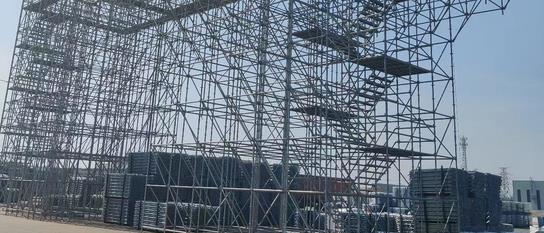
Frequently Asked Questions (FAQs)
1. What factors should I consider when choosing a scaffolding system?
When choosing a scaffolding system, consider project requirements (height and load capacity), site conditions (terrain), safety standards (local regulations), and cost efficiency (purchase vs. rental).
2. How do I ensure the safety of my scaffolding setup?
Ensure safety by following local regulations regarding guardrails, inspections, load limits, and employing trained personnel for assembly and disassembly.
3. Can scaffolding be used on uneven ground?
Yes, certain scaffolding systems like tube-and-clamp or ringlock are designed to adapt to uneven terrain by using adjustable components.
4. How often should scaffolds be inspected?
Scaffolds should be inspected before use, after adverse weather conditions, or after any modifications have been made. Regular inspections are crucial for maintaining safety standards.
5. What are the common types of scaffolding?
Common types include supported scaffolds (fixed), suspended scaffolds (hanging), rolling scaffolds (mobile), and system scaffolds (modular).













